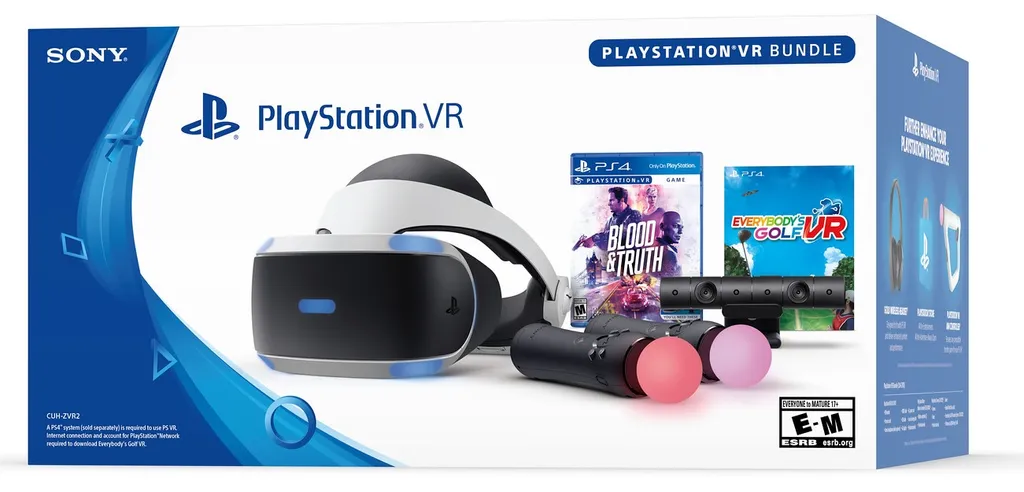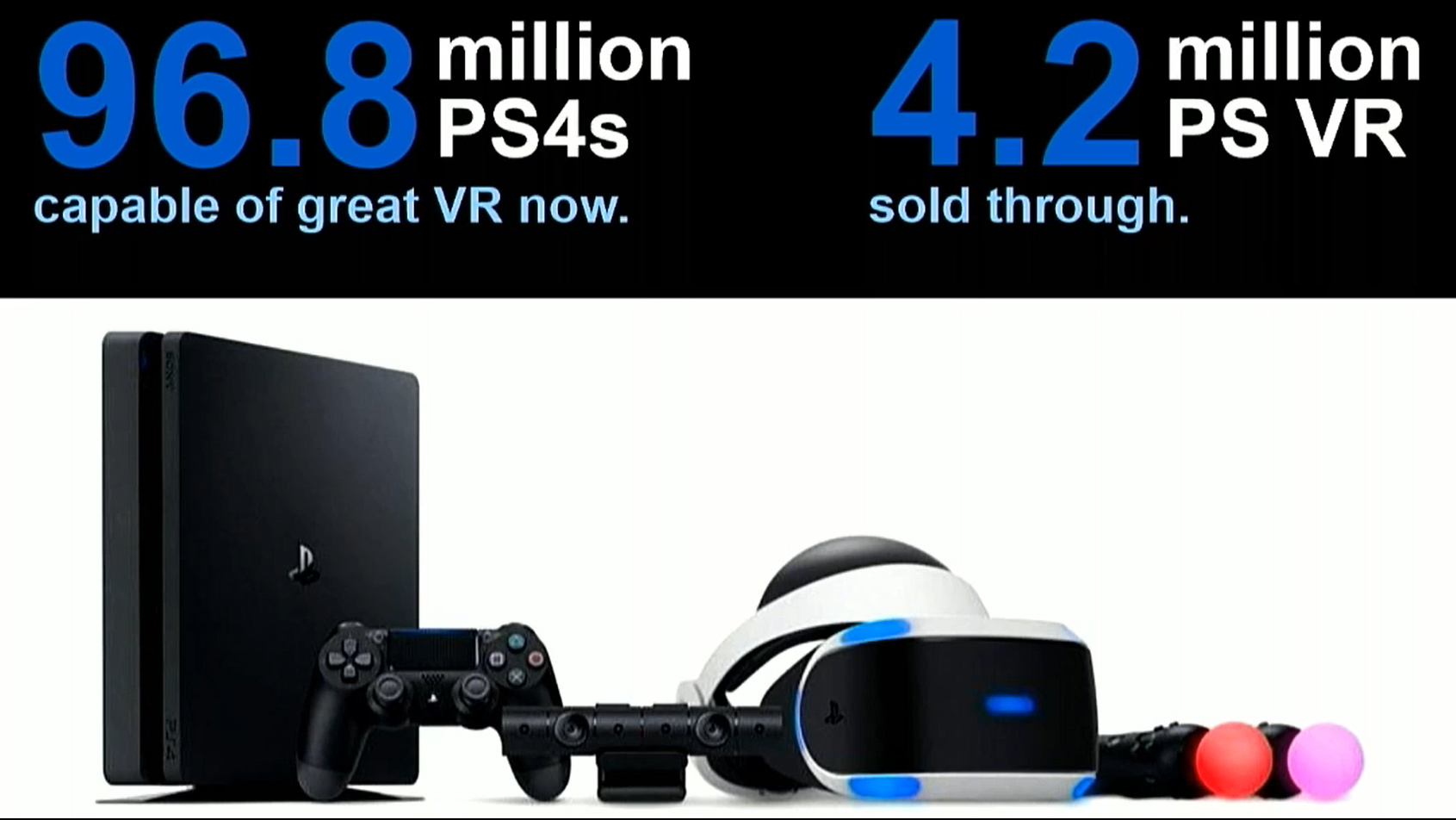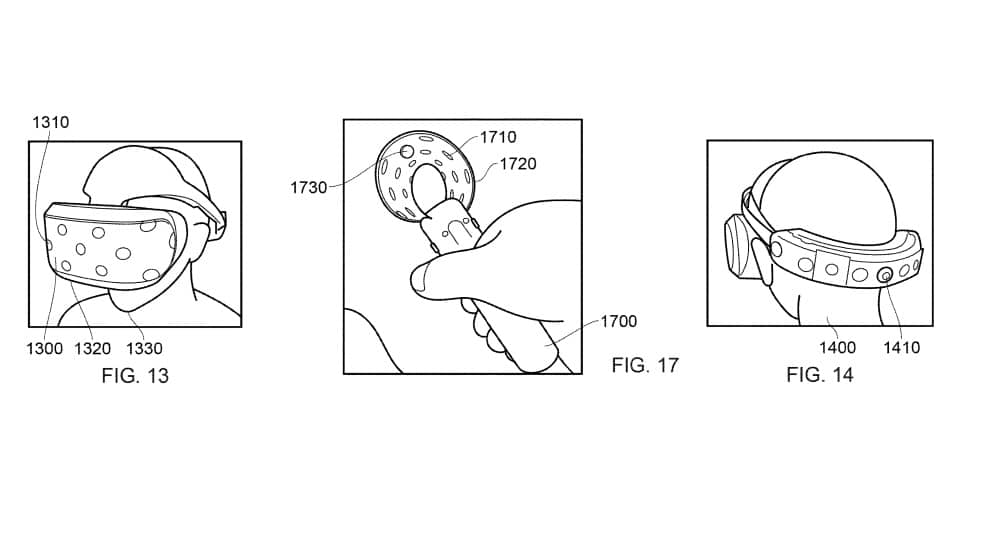Looking back on it, I can understand the skepticism.
PSVR had a lot of prove when it launched on Sony’s phenomenally successful PS4 console on October 13, 2016. Though the PlayStation brand had once again found its stride after the difficult days of the PS3, its track record with side-projects remained spotty at best. Sony couldn’t sell us on 3D TVs, struggled with validating its Move controllers and, well, remember Wonderbook? Yeah, me neither.
PSVR, for all its unwieldy strangeness, seemed likely to suffer the same fate. It was a $399 add-on for a similarly-priced console vying for your attention without the aid of the gaming industry’s biggest names. A promising launch followed up by a few bones tossed its way every now and again seemed the most sensible prediction. That was, after all, par for the course.
What a relief, then, to look back on the last three years of the console with such fondness. PSVR is far from perfect, but the headset’s assembled arguably the best content library yet seen through a choice combination of the best PC VR ports and games developed by Sony itself.
And there’s still more to come; Iron Man VR headlines a stable, if not overflowing next few months for PSVR fans. Where the headset goes from there, though, is a potent question.
PS5 Looms
As we now know for sure, 2020 will be the PS4’s swan song. Last week Sony officially confirmed that its follow-up, the PS5, will launch next holiday season. The starting gun has been fired; the next 12 months will no doubt be subject to a meticulous marketing campaign about the new console.
Don’t expect VR to take up much of that conversation, though. At least not straight away.
There’s precious little official information on PSVR’s future with PS5. We do know the original headset will support the new console. We do know that, at the very least, Sony is working on a new iteration of the headset that could very well end up releasing as PSVR 2.
More importantly, though, the company says there is “no reason” to launch PSVR 2 alongside PS5. Senior vice president of R&D at Sony, Dominic Mallinson said as much in May of this year. Speaking to Cnet, Mallinson reasoned that Sony wasn’t looking to ‘bombard’ consumers with new products.
PSVR Patience
From a purely business perspective, this is sound strategy. Sony’s messaging needs to be 100% focused on the one box people need to buy next Christmas. For the PSVR faithful, however, that might mean a frustrating few years are ahead.
Around the same time as Mallinson was making those comments, Facebook’s Oculus and Valve were releasing updated VR headsets. The Oculus Rift and the HTC Vive were already much more capable devices than PSVR, and now the Oculus Rift S and the Valve Index have put yet more distance between them. PSVR’s resolution quite literally shows its cracks, the tracking is archaic and the less said about the Move controllers the better.
Watching the excitement around PS5 unfold knowing that the real next-generation of VR is further out will be painful for sure. It’s scary, even, to think that PSVR might be closer to five years old (if not older) by the time it is finally replaced.
Good Things Come To Those Who Wait
But Sony can ease the strain of impatience somewhat. Some of PSVR’s growing pains will be fixed with the arrival of the PS5. More horsepower will hopefully mean the console version of VR games no longer come up short compared to PC VR editions, and we’ll hopefully see some of the biggest omissions finally make their way over. Plus, if PS5 allows developers to patch PS4 games to improve performance as it did with PS4 Pro, games like No Man’s Sky, Arizona Sunshine and others could get a much-needed graphical boost overnight. A native UI and possibility of an improved console camera also stand to improve the experience.
So if there’s a message for the PSVR faithful on the headset’s third birthday it’s this; be steadfast. The next year or two might be slow going for the PSVR scene, but the rewards sound fruitful. Mallinson spoke of a headset with “roughly double” the amount of pixels, HDR capabilities, a larger field of view, eye-tracking and optional wireless support. Patents, meanwhile, point toward possible inside-out tracking and improved controllers. Just the thought of revisiting even existing PSVR games like Astro Bot and Resident Evil 7 (or anything in our list of the best PSVR games) with these features makes us drool.
PSVR 2 will no doubt be incredible, but we’ll likely have to put up with its older brother for some time yet.




























